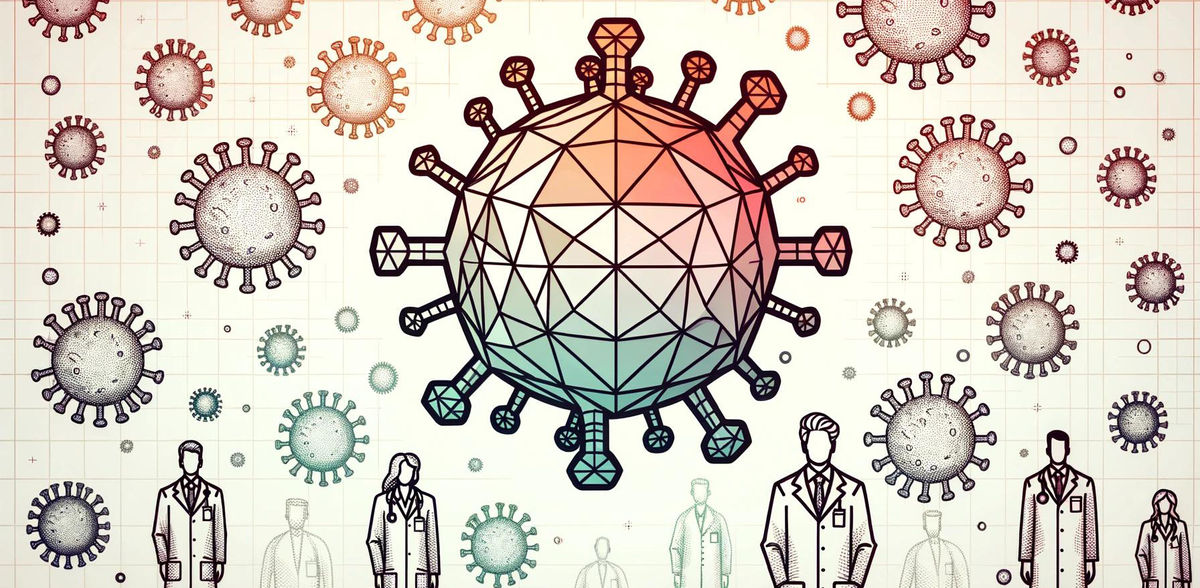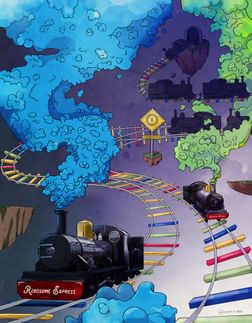Viral Impostors: Breakthrough for Virus Research
The penetration of viruses into cells can now be tracked with unprecedented accuracy thanks to innovative design for pseudoviruses
pseudoviruses resemble impostors: although harmless, they are designed in such a way that they can hardly be distinguished from their dangerous relatives. This makes them an invaluable tool in virus research. They can be used to precisely analyze infection pathways of dangerous virus variants.
A major challenge in this research area so far has been to make the pseudoviruses reliably visible under the microscope. This is because conventional labelling methods impair the activity of the "impostors" and thus falsify the imaging.
A team from the Rudolf Virchow Center – Center for Integrative and Translational Bioimaging at Julius-Maximilians-Universität (JMU) Würzburg, led by Professor Markus Sauer and Dr. Gerti Beliu, has now developed a solution: By combining genetic code expansion and click chemistry, a unique recognition feature for pseudoviruses was created that leaves their activity unaffected. These findings have been now published in the journal ACS Nano.
New Horizons Open up in Virus Research
The novel "clickable" pseudoviruses are highly fluorescent. However, in terms of binding and penetration into cells, they have the same properties as their pathogenic relatives. Once inside the cells, however, they do not cause disease - this allows them to be handled under reduced biological risk levels in S1/2 standard laboratories.
Markus Sauer is enthusiastic: "This method opens up completely new horizons for us in virus research. It's a leap forward in our ability to observe the complex dynamics of viral infections in living organisms using high-resolution microscopy methods."
Innovation Meets Precision
Another advantage of the new method is its high detection efficiency. Compared to conventional immunostaining methods, the JMU team found a detection efficiency many times higher. This makes finer details and subtle processes of the infection process visible.
"The clickable pseudoviruses have the potential to revolutionise the way we study virus-cell interactions. It is as if we are using our microscopes to dive into a previously invisible world," explains Gerti Beliu.
Original publication
Other news from the department science

Get the analytics and lab tech industry in your inbox
By submitting this form you agree that LUMITOS AG will send you the newsletter(s) selected above by email. Your data will not be passed on to third parties. Your data will be stored and processed in accordance with our data protection regulations. LUMITOS may contact you by email for the purpose of advertising or market and opinion surveys. You can revoke your consent at any time without giving reasons to LUMITOS AG, Ernst-Augustin-Str. 2, 12489 Berlin, Germany or by e-mail at revoke@lumitos.com with effect for the future. In addition, each email contains a link to unsubscribe from the corresponding newsletter.





















































